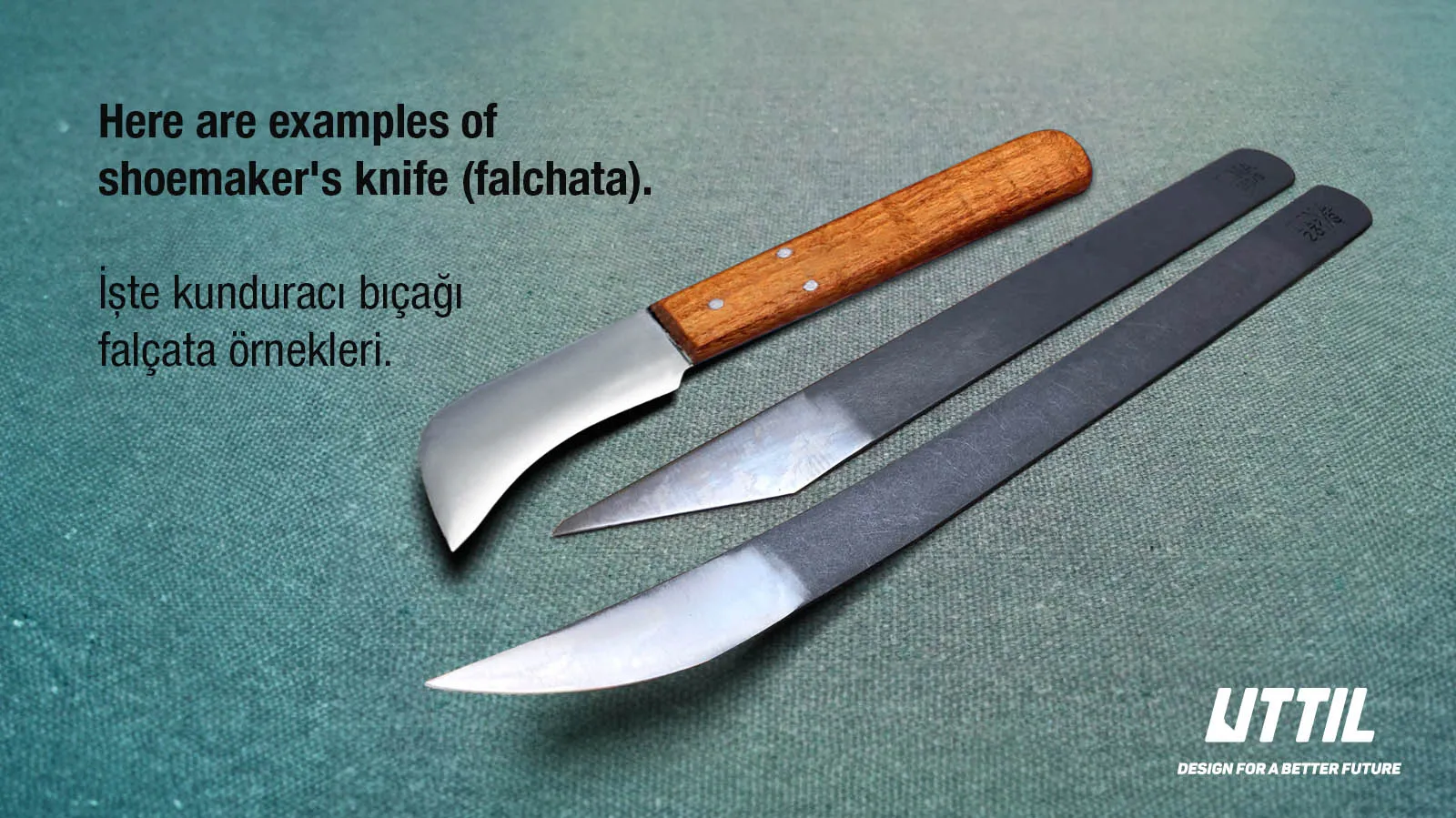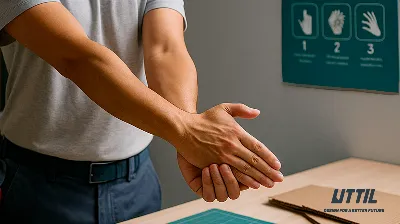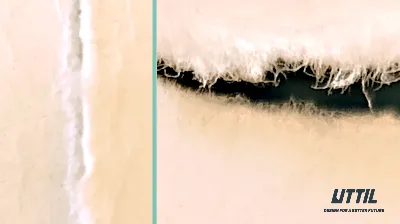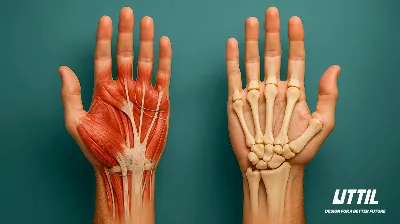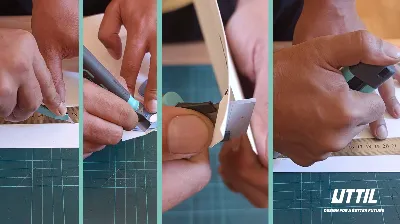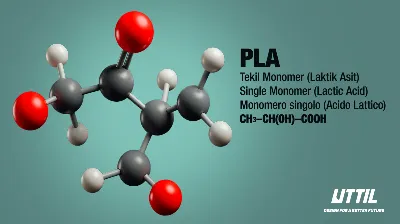A Utility Knife is Not a Falchata (Shoemaker Knife)
A Utility Knife is Not a Falchata (Shoemaker
Knife)
Utility knives, which we frequently encounter in
daily life and are used in many different fields, are often referred to as
"falçata" in Turkish. However, a utility knife and a falchata are
actually two different tools. This article will discuss the differences between
a utility knife and a falchata, why a utility knife is called a falchata, and
the correct usage areas.
What is a Utility Knife?
As the name suggests, a utility knife is a
cutting tool generally used for fine work such as model making, cardboard
cutting, and paper cutting. Utility knives usually consist of replaceable and
breakable blades. These blades typically have a plastic or metal body and are
ergonomically designed to make them easier to use.
Utility knives are ideal for precision cutting,
and their blades can be easily changed and adjusted. These features make
utility knives indispensable in hobby work, crafts, graphic design and similar
fields.
What is a falchata?
A falchata is a cutting tool used primarily in
the shoe and leather industry. The name falchata comes from the Italian
falcietto, "small scythe or small sickle", and has nothing to do with
Iberian Falcata (cutlass). Falchata has fixed blades and can be sharpened as
needed.
They are actually shoemaker's knives, used for
cutting thicker and more durable materials. The shoemaker's knife (falchata) is
made of 2-3 mm thick, 2-3 cm wide steel lath. The tip of the blade is sharpened
with a curved (hook) or 3-6 cm long blade cut at a 30-degree angle. The steel
slat used is usually 15-20 cm long, and depending on needs, it might curved.
Differences Between Utility Knife and Falcata
1. Blade Type and Construction:
·
Utility Knife: It has replaceable or breakable blades, which are generally suitable for
fine and precise cutting.
·
Falchata (shoemaker knife): It is fixed and needs to be sharpened from time to time. However, the
blade is thicker and more durable, making it ideal for heavy cutting tasks such
as cutting cowhide leather.
2. Uses:
·
Utility Knife: This knife is used for precision cutting in hobbies, crafts, model making,
and graphic design.
·
Falchata (shoemaker knife): This knife is used for cutting heavy materials such as shoes, leather, and
cowhide leather.
3. Body and Ergonomics:
·
Utility Knife: Usually consists of a plastic or metal body and has an ergonomic design.
·
Falchata (shoemaker knife): It is made of bare metal lath and has no ergonomic structure. It is used with
leathery hilt or a leather strip around the hand-held part according to the preference of
who uses it.
Why is a Utility Knife Called a Falchata?
A utility knife is called a falçata in Turkish
because, in the past, all of the very sharp cutting tools used in similar jobs
were called "falchata". Falchatas, frequently used by shoe and
leather industry workers, have caused other cutting tools to be called the same
name over time. However, with the advancement of technology and the
introduction of new cutting tools, this confusion of terms has continued.
Correct Uses of Utility Knife
Utility knives are highly functional and safe
when used in the right areas. Here are some common uses for utility knives:
·
Model Making: Utility knives are excellent for model-making jobs that require delicate
and precise cutting. They are mainly used for cutting and shaping plastic
models.
·
Graphic Design: Used for cutting cardboard, paper and similar materials to facilitate
graphic design work.
·
Handicrafts: These are used for cutting wood, foam, and other craft materials.
·
Unpacking: A fast and effective solution for opening boxes and packages.
Safety Tips
There are some safety tips to be aware of when
using utility knives. Here are some of these tips:
·
Use the Blade in the Right Direction: Always use the blade so that it cuts away from you.
·
Keep the Knife Steady: Hold the knife steady while cutting and guide the material towards the
blade.
·
Use a Cutting Mat: Use a cutting mat to prevent damage to your work surface and for safer
cutting.
·
Store the Knife After Use: Keep the utility knife in a safe place when not in use.
·
Be Careful: Be careful when using a utility knife, and do not lose concentration.
Utility knives and falchata are cutting tools
with different uses and characteristics. While a utility knife is ideal for
precise and fine cutting, a falchata is mainly used by shoemakers to cut
thicker and more durable materials.
At UTTIL, we aim to provide you with the
best solutions for all kinds of cutting jobs by offering a variety of utility
knives for different needs. Our utility knives are built with high quality and
durability, prioritizing ease of use and safety. Remember, using the right
tools can get the job done more safely and efficiently.

